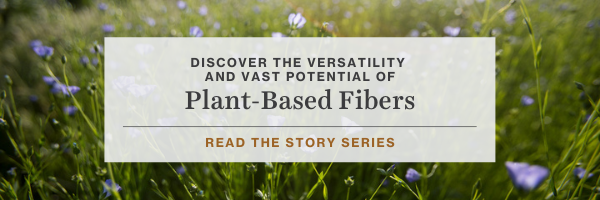Written and photographed by Koa Kalish, except where noted

Out along flat, sprawling farmlands that run up against the sharp incline and dramatic sweep of the fiercely peaked Sangre de Cristo mountains, a story rises up from the ground. Kissed by blue sky and vibrant clouds that come to life, there humbly stands a ten-by-ten foot dark umber cube made of clay.
Sweetly called “the Jewel in the Field,” this casita — Spanish for “tiny house” — is being built out of earthen bricks by master builder and architect Arnold (Arnie) Valdez of the Rezolana Institute, with the help of his apprentice, Jonah Jensen. “As we’re building the Casita,” Arnie says, “it seems like it’s aging in a good way. It feels like it’s old and timeless and feels like it’s been there for a very long time.” This is the magic of adobe.
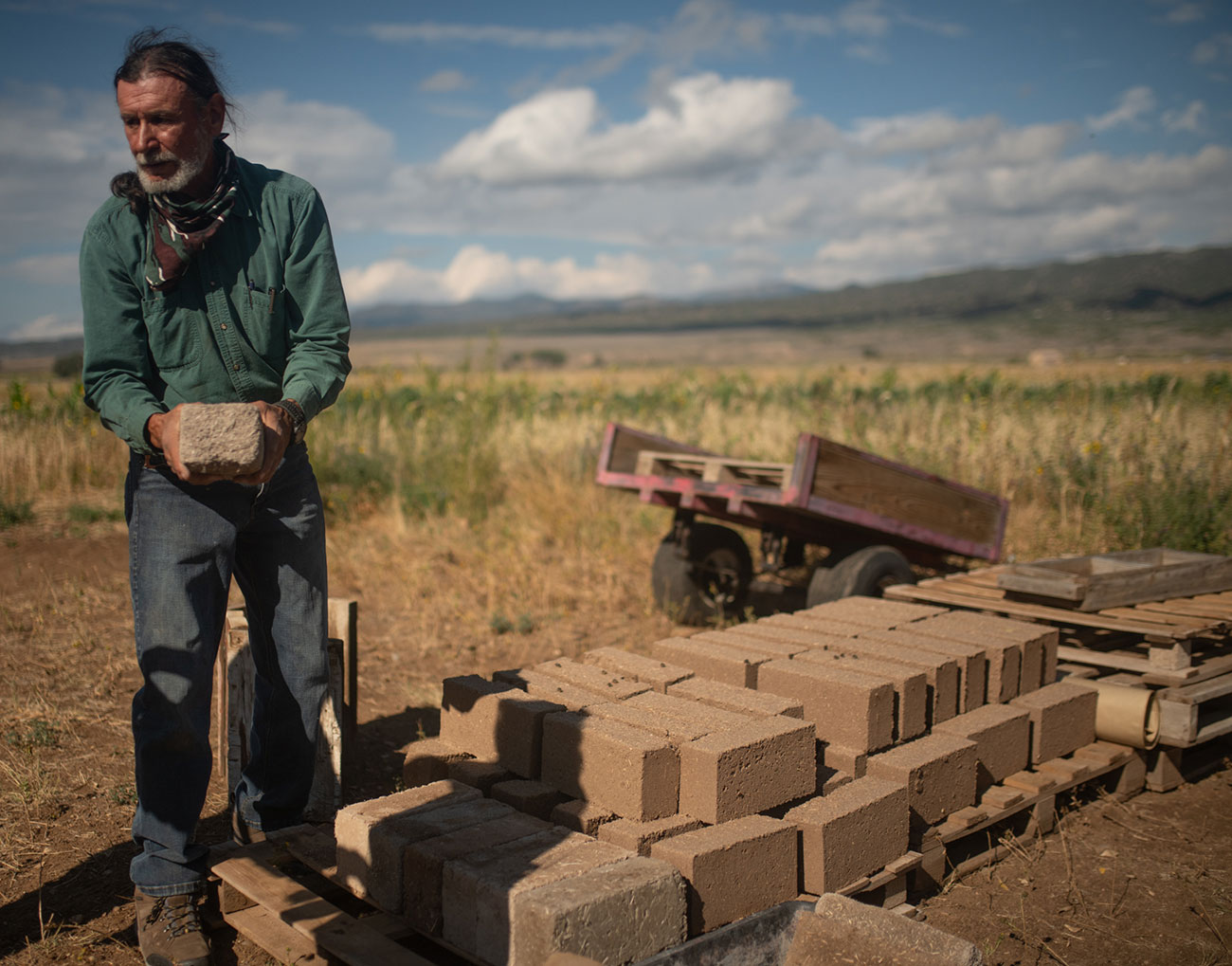
The bricks of the Casita are made by hand, one-by-one, out of a mixture of adobe and homegrown hemp fiber to create Compressed Earth Bricks (CEBs). Standing just downfield from the Casita, Arnie demonstrates how the hemp plant is transformed with the use of a decorticator, a tool he built to separate the shiv (the hemp stalk) from the hurd (the hemp fiber).
As Arnie shows the process of decortication, he feeds the hemp through the machine, cranks the wheel, and crushes the stalk into small segments. Out falls the small bits of shiv into a collecting bin on the ground, which will then be used in the CEBs. What is left behind in his hands lies the hurd: long, shiny, supple strands of hemp fiber, ready to be further processed for weaving.
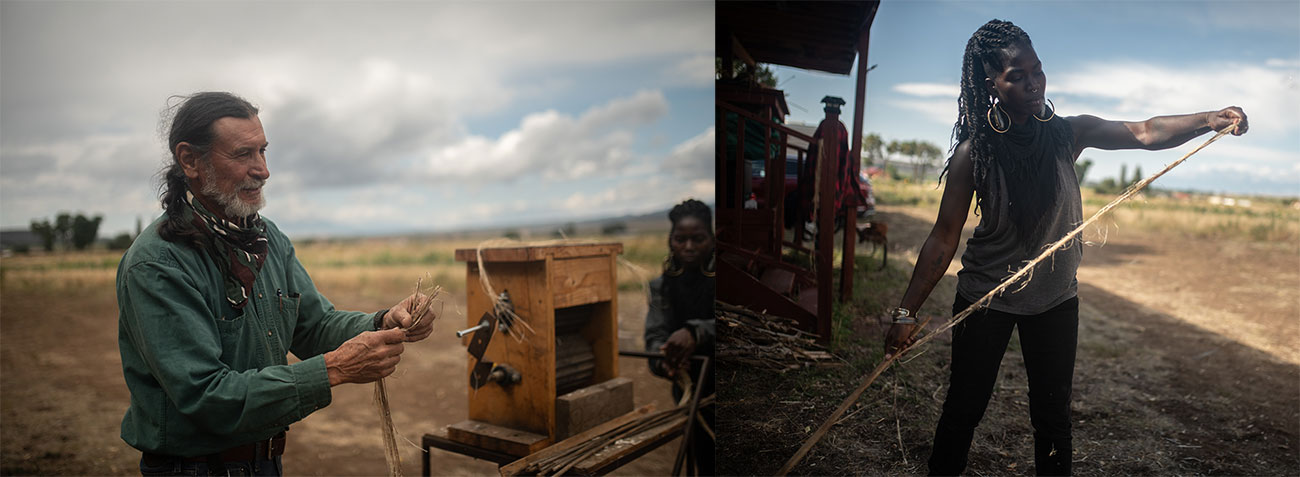
“I consider hemp to be a miracle plant,” says Arnie, as he holds the hemp fibers up to the sun. Hemp is an easy crop to grow, and its benefits are numerous. Excellent as a cover crop when used in rotation, its roots grow deep, aerating the soil and preventing erosion. Hemp is a drought-resistant crop, yielding rich protein seeds. Incredibly versatile with its many uses, even the “waste” of the hemp plant can be converted into usable material. The leaves, seeds, flowers, stems, and roots of hemp could all be utilized for our own nutrition, our own clothing, and even our own housing.
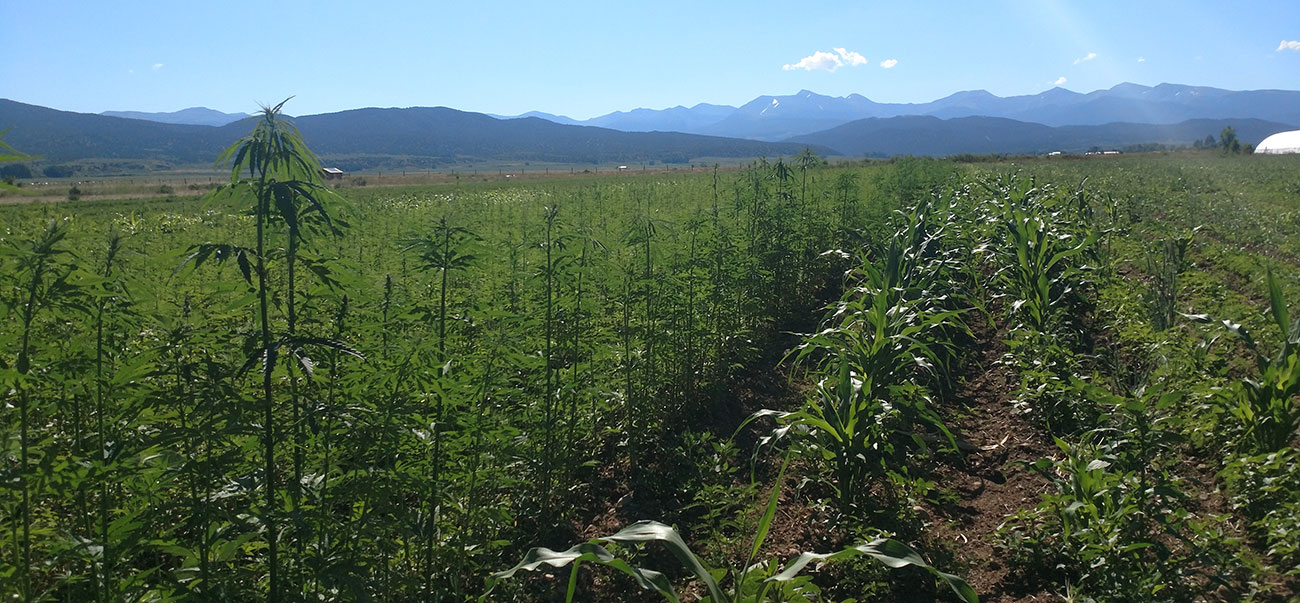
It’s no wonder then that hemp has become an excellent friend and ally for Arnie, who has always believed that agriculture and architecture belong together, hand in hand. Arnie, an expert adobe architect, and builder, has lived a life close to the earth. Born to a bean farmer, Arnie grew up spending many long days helping his father pulling weeds and tending to the crops out in the field. They specialized in growing Anasazi beans, bolita beans, and fava beans while also growing cauliflower, broccoli, potatoes, and white corn to bake in the adobe hornos (traditional clay ovens). As small farmers, Arnie’s family would trade and sell with the other small villages. It was an informal economy, simple and abundant, trading apples for beans. “With these beans, we maintain a long historical line of these crops, as the beans themselves go way back to Pueblo culture, where they were first found in the ancient Mesa Verde cliff dwellings,” Arnie explains, speaking of a lineage spanning thousands of years with a quiet, humble pride.
Also, on the farm, roam over a dozen goats, who fastidiously eat the weeds and provide fertilizer for greater soil health. “They are fun animals, intelligent and affectionate,” he says as he pats his top-ranking goat-in-chief, Chucho, who goes with him everywhere.
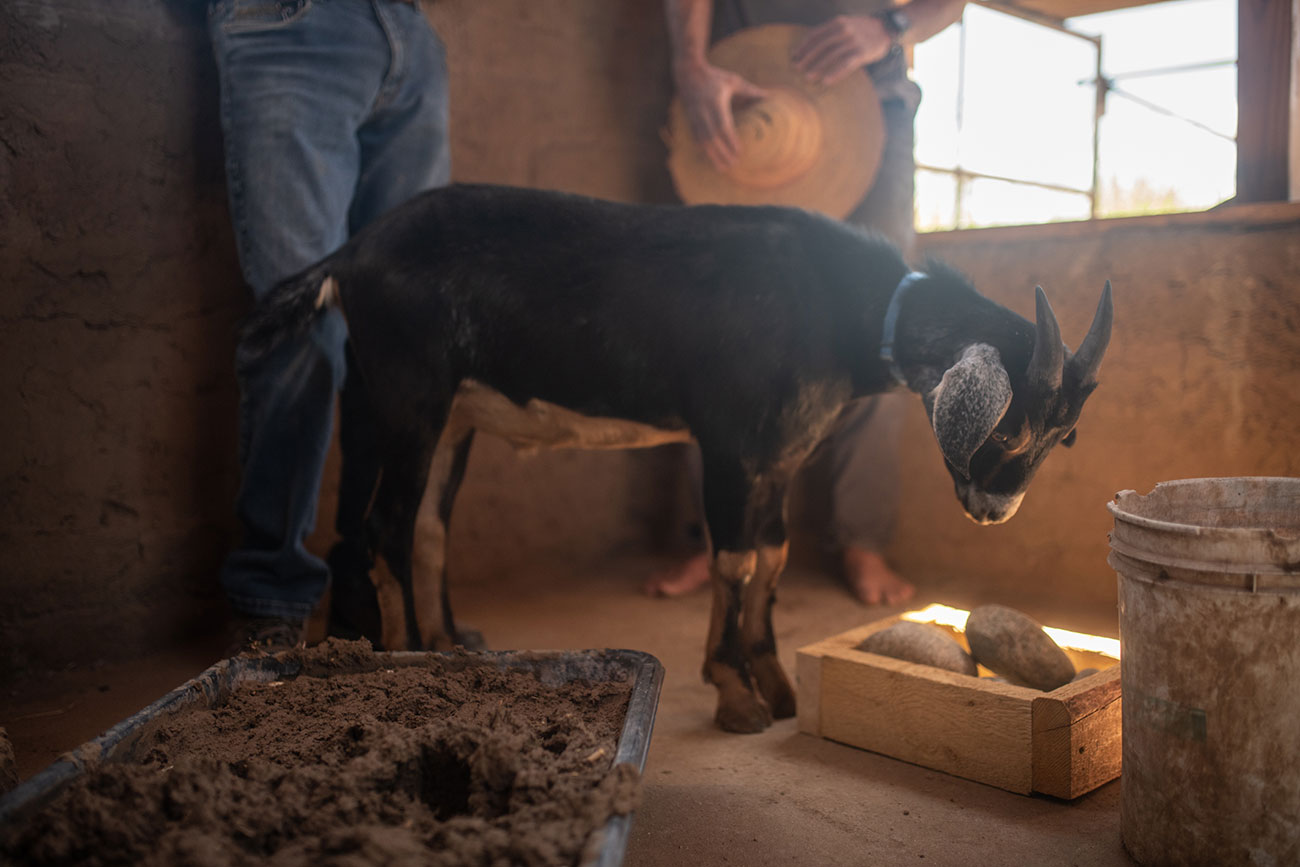
Arnie received his master’s in architecture from the University of New Mexico (UNM) and was selected for the Loeb Fellowship at Harvard University’s Graduate School of Design. He spent a year in residence in Cambridge, studying Landscape Architecture and Ecology. Returning to New Mexico, he became a professor at UNM, teaching alternative construction and cultural landscape studies.
“Cultural landscape studies are about how people shape the environment,” Arnie explains. “I love to study how a people’s cultural patterns, economic status, resource base, and ethnic background all impact their ways of settlement. This is what I mean by a cultural landscape. Each one is unique.”
With a mix of heritages from southern Europe, Spain, Italy, and Native Americans, Arnie’s designs and approach go back to his roots. He architecturally incorporates Spanish colonial traditions, Pueblo revival, and Moorish traditions with vaults, domes, and arches. Co-architect of the Capilla, a Catholic Chapel in San Luis, Arnie helped supervise the local contractors who built the adobe structure, install the vigas, latillas, a 14-foot diameter dome with additional half domes as well. It is a truly sacred space, spanning time and multiple cultures.

Arnie has dedicated his life to learning the ways people build and shape their environment — studying settlement patterns and speculating as to how they evolved over time. Here in the San Luis Valley and the greater Southwest region, it has been primarily Latino and Native American communities that have migrated and settled, and adobe has played a large role within the cultural landscape — up until recently. “Modular homes were brought in, destroying the culture and the way of the people,” Arnie laments. “Now, adobe has become a material for the rich. It’s sad because it used to belong to the common person. It’s been commercialized to the point where, unless you build it yourself or you find recycled adobes yourself, it seems that you can’t afford it.”
The real expense, however, is in the human energy expense — in how intensive the labor is. “We’ve gotten away from people wanting to do this kind of work, even farm work. It’s hard to find people who want to work with the earth. The values are different now.” Still, Arnie stays true to his values and integrous to the original ways.
“Hempbrick-making, home building, food production, food security. It all goes together. It is all part of the homestead approach.” The challenge, he finds, is to educate the general public and younger generations so that they take an interest in it. At the Rezolana Institute, Arnie strives to provide the necessary education, support, and inspiration needed for this work, and way of life, to continue. “In these changing times, how do we shape our destiny for the future,” Arnie asks. It is his firm belief that by shaping their own houses and communities, adobe earth building empowers people to shape their own destinies.

Currently, Arnie is researching and developing a prototype of adobe-hemp. Adobe requires 75% sand, 25% clay, and an amount of fiber for tensile strength. “Traditionally,” Arnie explains, “the fiber has been whatever was readily available in the fields — something like barley straw or wheat straw. Now we have access to hemp, which is far superior because it is resistant to ultraviolet light, as well as to molds.”
“I decided to use adobe with the shiv because you have more possibilities for varying brick quality,” Arnie explains. Adobe, by nature, conducts heat very well. It has the ability to store heat during the day, which the walls absorb. “The walls get charged like a big storage battery,” he says. The heat reaches the interior and starts radiating the heat back into the building, making the passive solar properties of adobe an incredibly efficient technology. Arnie’s research plays with the fine line of balancing the structural load capacity with the insulative capacity of the bricks. “The more hemp you have, the lighter the bricks are, and the more insulative. The more adobe you have, the heavier the brick, and the more structural it will be. Hemp infused compressed blocks are stronger than plain adobe, with the ability to carry 500-600 pounds per square inch.”
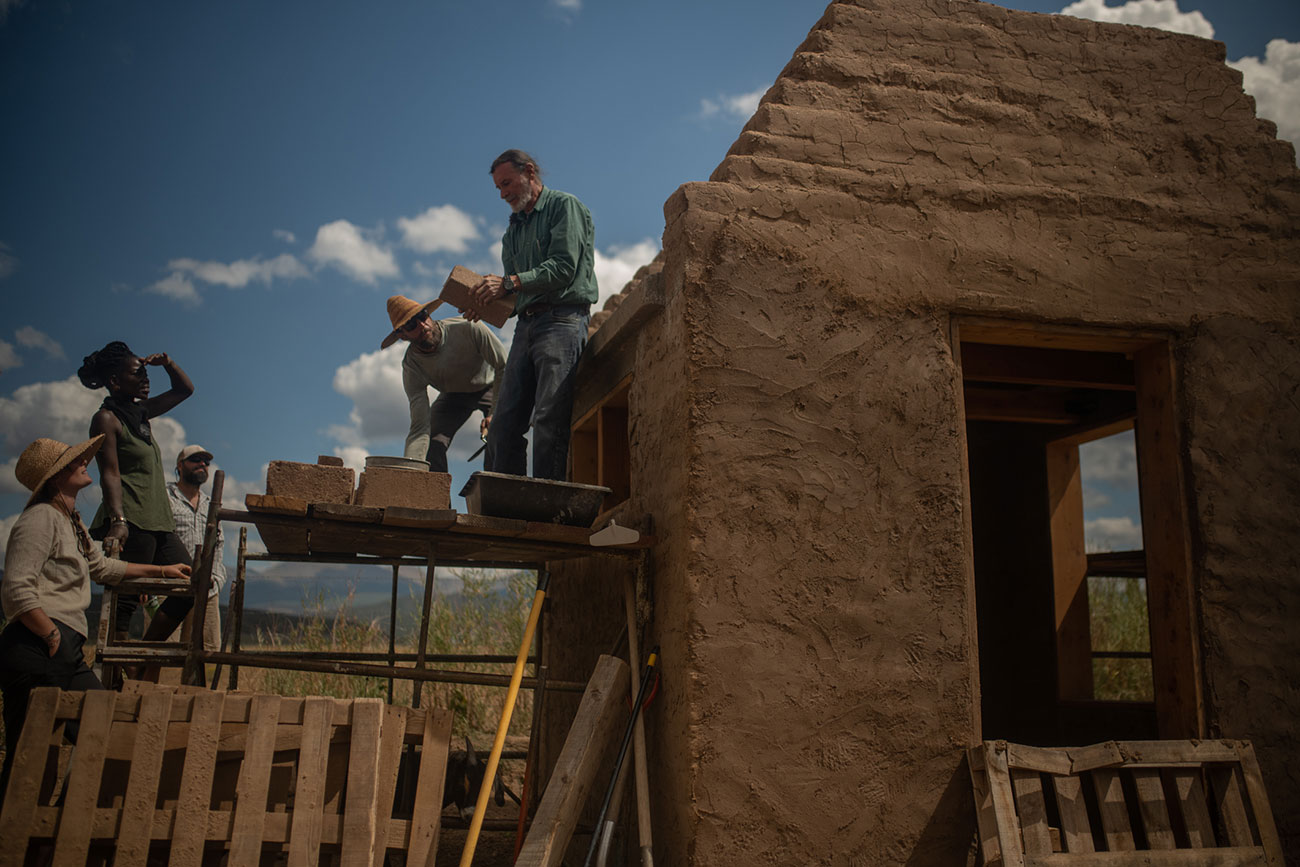
To make bricks out of the sand, clay, and fiber, only a small amount of water is needed to create a “dry mix” for the materials to coagulate and hold together. Once the mix is made, Arnie utilizes a Cinva Ram Press, a tool developed in Bogota, Colombia, by Raul Ramirez in 1953. “One day, I got a call from a friend who said he found this thing laying out in the desert, and he didn’t know what it was. He brought it to my house and asked me if I wanted it. Of course, I was delighted,” he says with a smile.
When working in architecture, Arnie takes into account the embodied energy — the amount of energy used in creating a building material. He seriously considers the lifecycle of each material, from cradle to grave. “The more you can do locally with your own resources, the lower impact you will have on the environment. This will be of higher value because you will spend less extractive energy.” Adobe is one of the materials lowest in embodied energy. Cement and limestone need to be heated up; timber construction involves the energy of cutting down the trees and the processing mills. The steel industry is one of the most extractive industries on earth. “I’m always thinking at a village-scale level, and asking ‘how could we do it at a localized level, so we wouldn’t have to be importing materials from these factories?’”
“At Rezolana Institute, I aim to illustrate that by doing regenerative agriculture, you can empower yourself by being able to grow food crops and fiber crops. You can take those crops to help shape the work that you’re doing, whether in textiles or building construction. The versatility of hemp can empower communities and small farmers. When people came here, all they had was their environmental knowledge and wisdom. Learning and arming yourself with a few basic skills, you can shape the environment with what you want while having it aligned with your culture and background.” Arnie not only stands for the empowerment and sovereignty of communities but for the creative ingenuity of the human spirit as well.
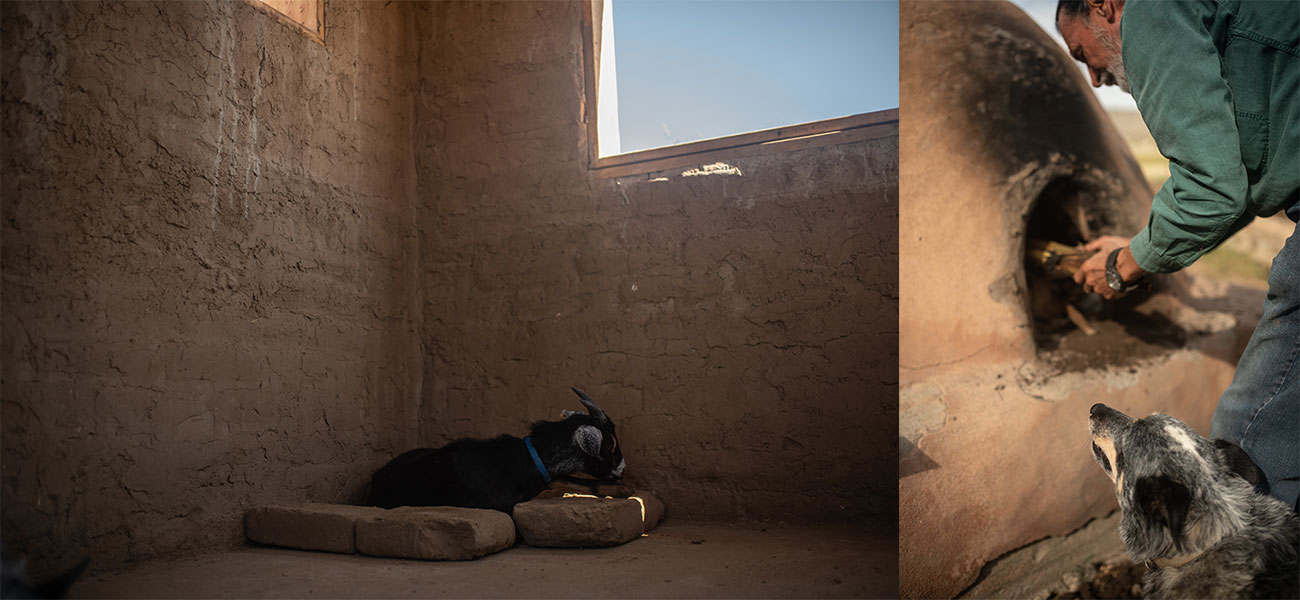
“Originality creates vernacular,” he states. “By being yourself, in your place, doing what you have to do with the resources that you have, is what creates the way you shape your immediate environment.” Closely weaving together habitation, community, and society, Arnie pays attention to how culture was and is created. Last month, Arnie and Jonah worked together as a team to offer a workshop that brought together the hard and soft skills, drawing on Jonah’s experience in the healing arts.
In a time where so many are searching for meaning, cultural belonging, and reconnection with the earth, Rezolana Institute stands as a beacon of light in the darkness. “If we can get more people interested in growing industrial hemp,” says Arnie, “growing it for the love of the plant rather than for profit, then we can get some real traction on building and shaping our landscapes, and thereby shaping our destinies.”
To get involved or to learn more, write directly to rezolana.av@gmail.com.

